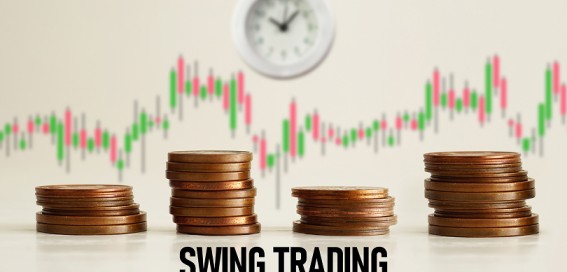Identifying overvalued stocks is key to making smart investment decisions. When a stock’s market price is higher than its actual worth due to market hype or speculation, it increases the risk of a price drop. Investors can manage this risk by selling selectively, using stop-loss orders, and diversifying their portfolios.
Understanding a stock’s true value is essential for successful investing. Overpriced stocks can be risky, but strategies like short-selling and market analysis help investors navigate such situations effectively.
What Are Overvalued Stocks?
An overvalued stock is one whose market price surpasses its intrinsic value based on the company’s earnings, asset strength, and overall financial stability. This occurs when high market demand, short-term trends, or investor optimism push prices beyond their true value. Prices can rise above their true value when investors buy stocks based on speculation rather than actual performance.
These stocks eventually lose value when investor demand decreases and the company’s financial results fail to meet expectations. Analysing overvalued stocks enables investors to prevent high-risk investments because it helps them make wiser financial choices.
Begin your investing journey today. Your Demat account is the first step.
Signs That a Stock Might Be Overvalued
Before investing, it’s important to identify whether a stock is priced higher than its actual worth to avoid potential losses.
- High Price-to-Earnings (P/E) Ratio: If a stock’s P/E ratio is much higher than its industry average, it may be overpriced. This suggests investors are paying a premium, expecting high future growth that may not materialise.
- Low Earnings Growth Compared to Stock Price: If the company’s profits aren’t growing as fast as its stock price, it could be overvalued. This imbalance may lead to a market correction as investors reassess its true worth.
- Overhyped Market Sentiment: Stocks that rise sharply due to media hype or investor speculation may not reflect their true worth. Such stocks often experience volatility and can decline once the excitement fades or performance falls short of expectations.
- Weak Financial Performance: If a company has high stock prices but struggles with revenue or profit margins, its valuation may not be justified.
- High Price-to-Book (P/B) Ratio: When a stock’s market price is significantly higher than its actual book value, it could indicate overvaluation.
- Unrealistic Future Growth Expectations: The stock may be overpriced if analysts predict extremely high growth, which seems too good to be true. Unrealistic expectations often lead to inflated valuations, making the stock vulnerable to sharp corrections.
Notable Example of an Overvalued Stock
A recent example of an overvalued stock is Adani Group stocks, particularly Adani Enterprises and Adani Green Energy. These stocks saw a massive surge in valuation despite concerns about high debt levels and overleveraging. In early 2023, a report by Hindenburg Research accused the Adani Group of stock manipulation and accounting fraud, causing a sharp decline in share prices.
Before the crash, Adani stocks traded at extremely high price-to-earnings (P/E) ratios, far exceeding industry averages. The sharp correction highlighted the risks of investing in overvalued stocks without thorough due diligence.
How to Deal with Overvalued Stocks
Knowing how to deal with overvalued stocks can help protect your investments and maximise returns. Here are some steps to consider:
- Sell or Reduce Your Holdings: If a stock is significantly overvalued, selling all or part of your shares can help lock in profits before a potential price drop.
- Set Stop-Loss Orders: Placing a stop-loss order ensures your stock is sold automatically if the price falls below a certain level, protecting you from heavy losses.
- Diversify Your Portfolio: Instead of keeping too much money in one overvalued stock, spread your investments across different stocks and sectors to manage risk.
- Analyse Company Fundamentals: Keep track of a company’s earnings, growth potential, and market conditions to assess whether its high price is justified or likely to decline.
- Wait for a Better Entry Point: If you believe in the company’s long-term potential but find the stock overpriced, consider waiting for a market correction before buying.
- Short Selling (For Experienced Investors): Short selling allows you to profit from its decline if you are confident that the stock price will drop. However, this strategy is risky and should be done carefully.
Conclusion
Identifying and managing overvalued stocks is crucial for investors. A stock is overvalued when its price exceeds its actual worth, signalling a higher risk of a price drop. Key signs include a price significantly higher than industry averages.
To manage overvalued stocks, investors can sell or reduce holdings to lock in profits, use stop-loss orders to limit losses, and diversify across various sectors. Analysing market trends and maintaining a long-term view are also important.
Successful investing requires staying informed, researching, and making rational decisions to protect portfolios from market fluctuations.












